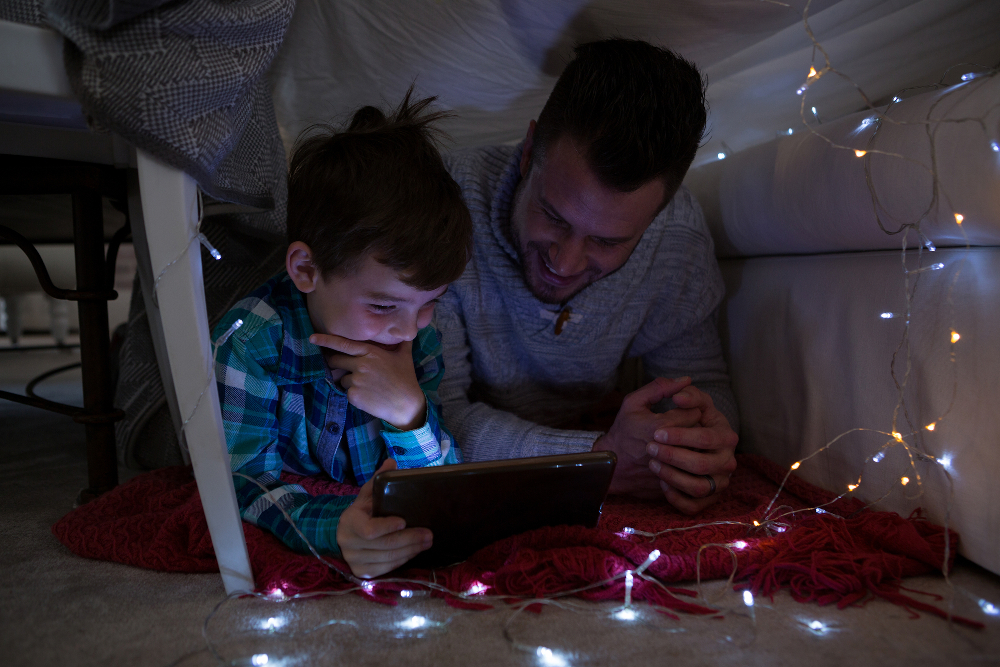
Social distancing is a phrase we have all become quite accustomed to during the COVID-19 coronavirus pandemic. It may very well be the phrase of 2020.
Health experts and government officials have asked us to maintain spacing of at least 6 feet from others, avoid any kind of gatherings, and generally isolate ourselves in order to reduce the spread of the virus. Slowing the rate of infection helps doctors, nurses, and hospitals keep up with the need for medical services and care.
Right now it looks like in most areas of the country, we will be facing at least a few more weeks of social distancing if not a few more months.
Whether you are an extrovert or more of an introvert, the truth is that we all need contact with other people. Social connections promote mental wellness, especially in times of increased anxiety.
Social distancing does not have to mean being alone. Here are a few tips for staying engaged and connected with family and friends to stay positive and healthy.
Volunteer
There is no better time to step up and give back to your community than in the middle of a catastrophic event. According to the Mayo Clinic, volunteering can reduce levels of stress. Increased stress and anxiety can have a detrimental impact on our immune systems, making managing stress and anxiety extremely important right now.
Even in the middle of this pandemic, there are opportunities for volunteering. If you are healthy and able to safely leave your home, there are local organizations that help to deliver groceries or other necessities to high-risk individuals and families.
Many local food pantries are in need of assistance as the need for their services has increased dramatically. In fact, the Capitol Area Food Bank, the DC metro region’s largest supplier to local food pantries, is calling for more volunteers to meet the surge of demand for their services.
If you are unable to leave home, there are still volunteer opportunities available. For example, nursing homes and senior care living centers are looking for pen pals to help boost resident morale.
Organize a Movie Night or TV Watch Party
Gathering a group of friends and heading to see the latest blockbuster movie isn’t possible right now, but you do not have to completely give up on watching movies with loved ones.
Netflix even has a special service for just such an occasion called Netflix Party. Netflix Party lets friends and family members watch a movie or TV show together online and syncs up the viewing experience for everyone. It even adds a group chat feature.
You do not have to limit yourself to just Netflix. There are plenty of free online conferencing options like Zoom and Google Hangouts where all of you can gather online while watching your favorite TV show. Chatting and seeing one another’s faces can really be a significant boost to your overall mental well-being.
If you really want to make it more fun, pick a movie or TV show that everyone has seen and is familiar with. It will keep the social aspect of the event flowing.
Get Creative with a Virtual Happy Hour
Again, this is a great way to make use of free telecommunication services out there. Get your co-workers or friends together on Zoom, Google Hangouts, or whatever service you choose and have a fun happy hour, with or without the booze. Seeing and hearing familiar faces, without being in work mode, is a key part of feeling connected and important for meeting our natural need to belong.
Unlike a business conference call, encourage everyone to keep their mics on. You want to have the kind of flowing conversations you might have at a typical happy hour.
Encourage people to embrace being at home and not try to hide from it. This isn’t a work event. If there are roommates in the background or kids that might pop up on screen, no problem. Introduce them. Create an environment of inclusiveness.
Gaming
There are lots of popular online video games out there that allow people to play and chat together while enjoying a virtual escape from the real world. Don’t worry. You don’t have to be 14 with lightning-fast reflexes and know how to build complex structures while no-scoping an opponent in Fortnite to have a good time.
There are a lot of popular board games with digital versions today. It can be from something simple like free chess at Chess.com to popular board games many of us grew up on like Monopoly, The Game of Life, and Backgammon. You can also find more complex popular modern games like Settlers Of Catan and Ticket To Ride. The game service Steam offers a ton of options to choose from.
Fire up your favorite video chat and gather around the virtual table with your friends and family for a board game night.
Make a Phone Call
With all the digital options that are at our fingertips today, making a phone call might seem a bit primitive but just hearing a familiar voice can be enough to lift one’s spirits.
Even if that call ends up being just you leaving a voicemail, letting someone know you were thinking about them can help to make both them and you feel less isolated.
Entertain the Kids With a Neighborhood Hangout
It might be hardest for kids to come to grips with all of this isolation and understanding why they cannot go outside and play with their friends. You can make it a little easier by organizing some activities for kids in the neighborhood to get outside and connect while still maintaining boundaries.
Some examples people have been making use of include:
- Let the kids use washable markers to draw or play tic-tac-toe with friends on each side of windows or storm doors.
- Create a neighborhood scavenger hunt where kids can search for specific items visible from the sidewalk or street.
- Have a chalk art gallery show. Let the kids create driveway art with sidewalk chalk and have a neighborhood walk through.
- Have a water balloon toss. Let kids throw water balloons from yard to yard and they have to try to catch them without them bursting.
Get creative. Social distancing doesn’t mean we have to be socially isolated.



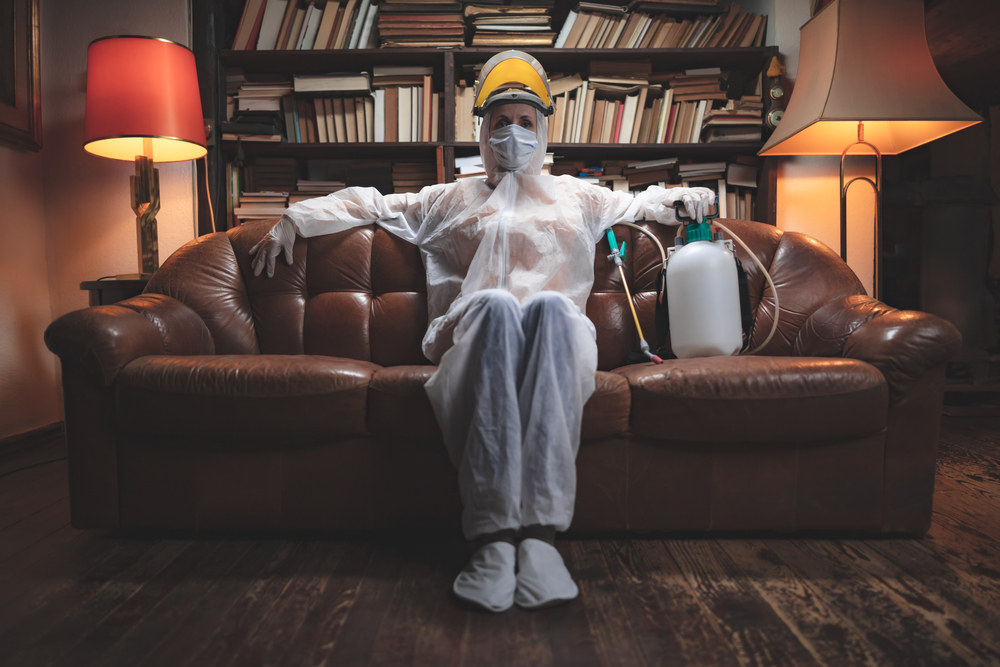
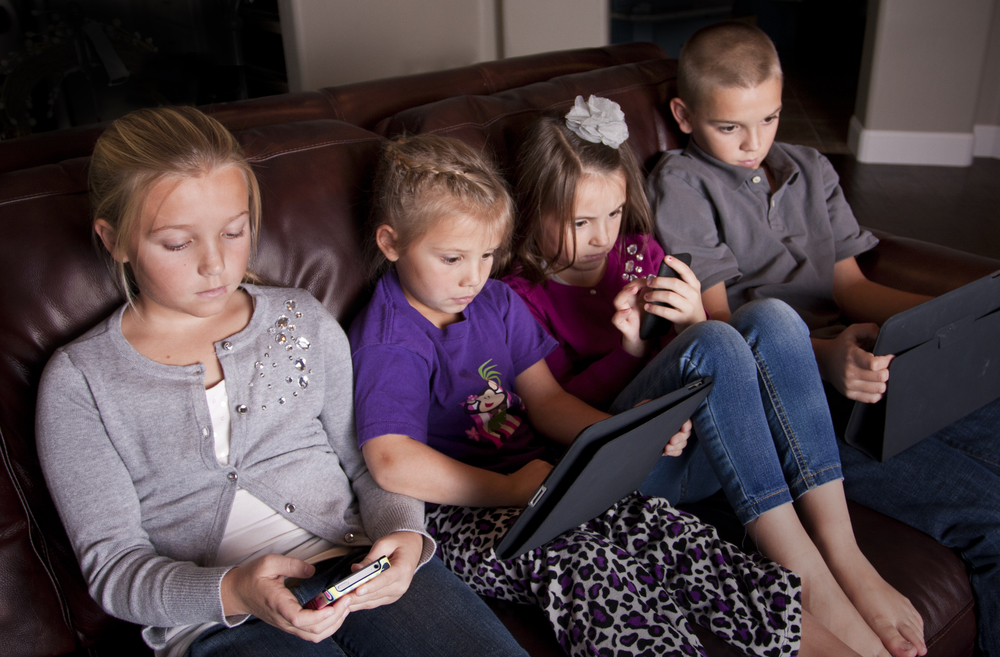

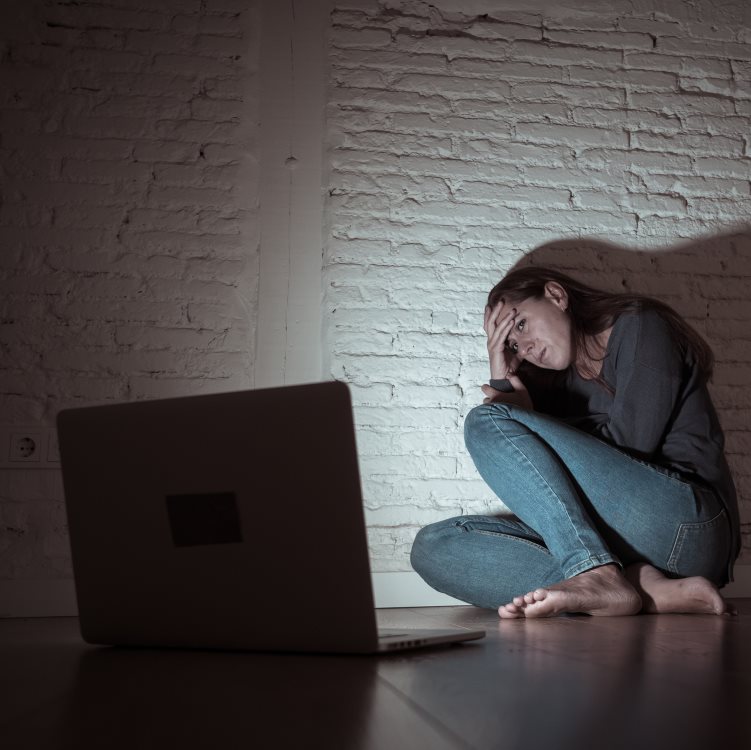

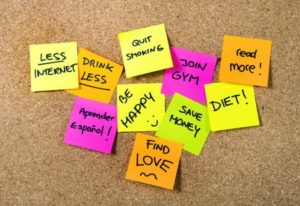 While your friends and family are resolving to cook more dinners at home; to lose 50 pounds; to travel more; or to check seeing Tom Petty in concert off the old bucket list, but you’re starting smaller: with yourself. You’ve decided the year 2017 is the year of you.
While your friends and family are resolving to cook more dinners at home; to lose 50 pounds; to travel more; or to check seeing Tom Petty in concert off the old bucket list, but you’re starting smaller: with yourself. You’ve decided the year 2017 is the year of you.